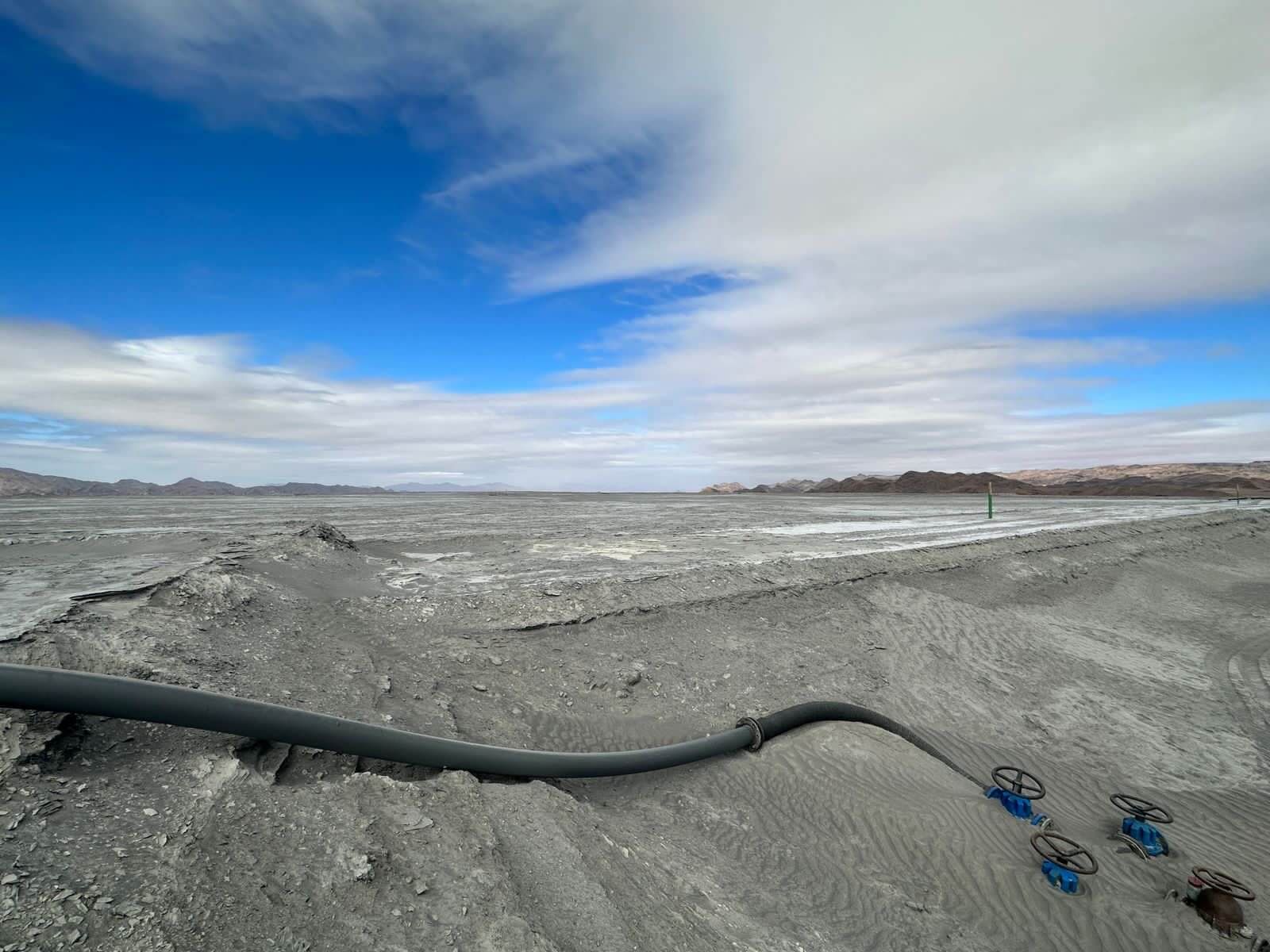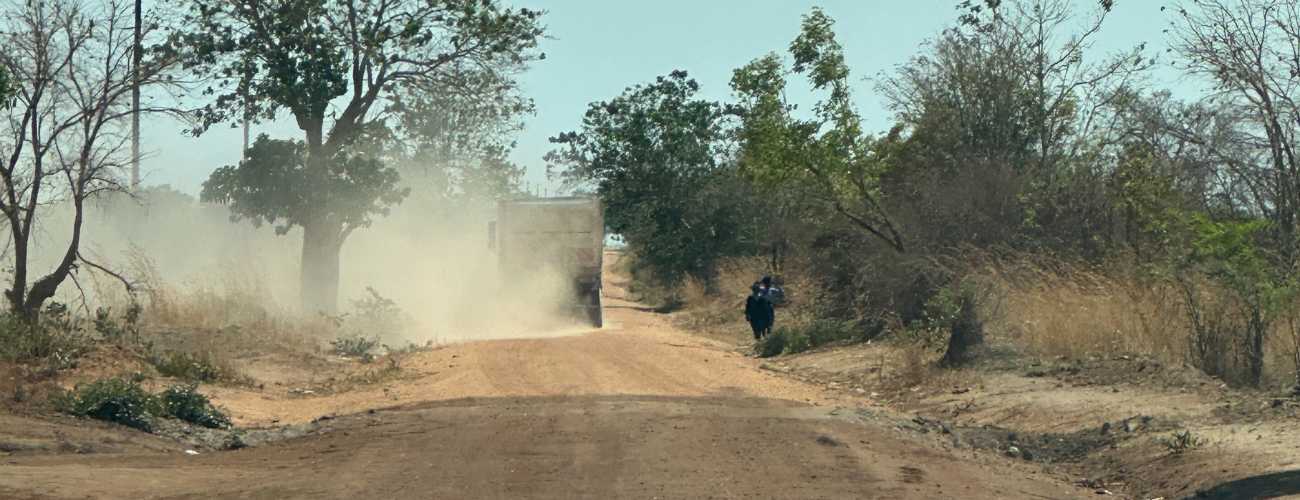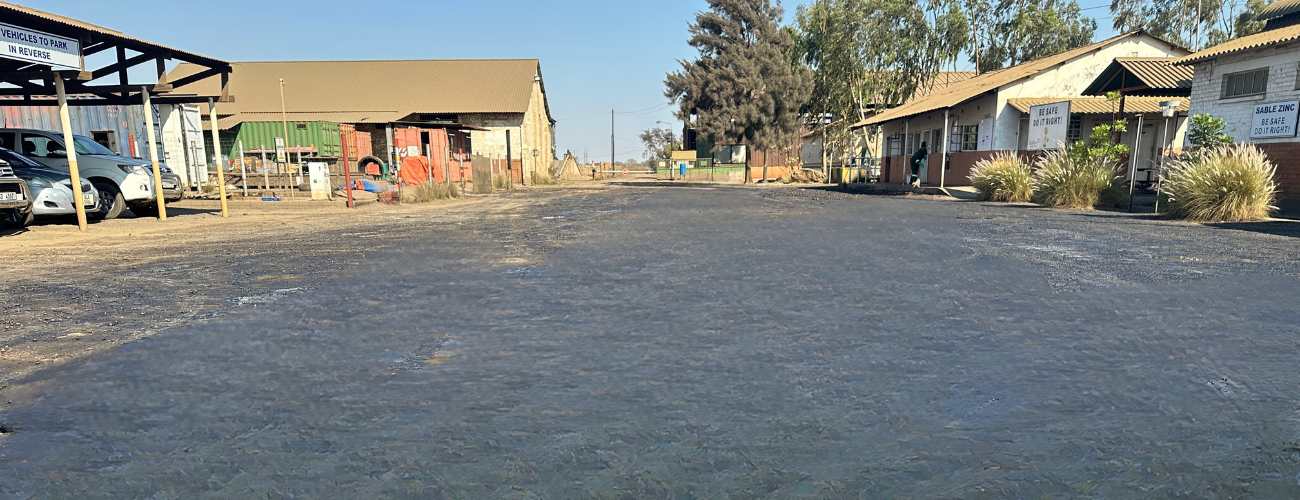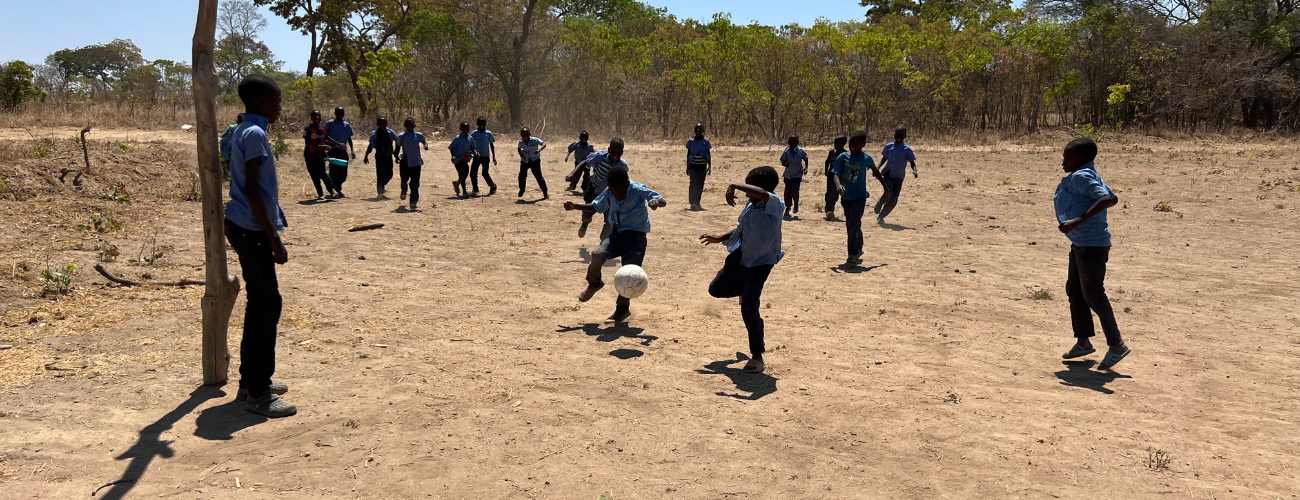4 things to consider for tailings dust control
Content
There are four key factors to consider when selecting a dust suppression solution for your site’s TSFs.
- Dust control effectiveness
- Environmental impact
- Efficiency of application
- Rehabilitation impact
Let’s look at each of these in more detail:
- Dust control effectiveness
You want to be sure that the dust suppressant you use will effectively bind fine tailings particles and withstand the site’s environmental conditions year-round.
The first thing to think about is the product’s binding strength. Using methods that create a durable crust will help prevent wind erosion. “Technologies like polymers have a strong binding effect but binding strength alone isn’t enough. That binding agent needs to have decent longevity so you’re not having to constantly reapply it,” says JC Le Roux, Head of Business Development – Africa at Bind-X.
“The best dust suppressants should last at least a year, but 6 to 12 months minimum,” he says.
“And the tailings composition shouldn’t matter, it should be able to work with all pH levels and ore types in the tailings.”
Make sure to check the product compatibility with the water sources you have on site. Some suppressants require specific water conditions, while others work effectively with a wide range of pH levels (3-12) and brackish water.

2. Environmental impact
Tailings management teams are highly aware that the choices they make on site can impact people, animals, plants and water sources. Your choice of dust suppression methods is important to minimise these negative impacts. New technologies now mean you don’t have to make a trade-off between product effectiveness and environmental impact.
Start by checking whether the binding agent is non-toxic and opt for environmentally safe products to avoid contamination of local water sources and ecosystems.
“In the past you might have used polymers on your TSF, but now there are products that deliver the same binding effect as polymers, but are 100% natural and not a ‘white pollution’ plastic product,” explains JC.
Biodegradability is key. If you can use biodegradable suppressants, it prevents the long-term accumulation of synthetic materials.
Runoff control is a big part of that. Especially if your site is in a region with a significant wet season. Products like Terrabind, which is a biological binder, minimise the risk of leaching or contamination during heavy rainfall.
“There might be a rain event right after you apply it on your TSF. With Terrabind there’s no issue, whereas with polymers you don’t want it to run off into waterways,” JC says.
A biological cap will also support hydroseeding and encourage new plant growth along dam slopes.
“You want to stabilise that area to control erosion to keep it intact for the wet season, so you can do hydroseeding and then rehabilitate that dormant area,” he explains.
3. Application efficiency
Your application method should be one of your most important considerations.
Why?
An easy and efficient application method can significantly reduce operational costs and timelines.
Products that use your existing site equipment, such as water trucks and standard pumps, allow for faster and broader coverage. “Our clients mention that they can apply a much bigger area per day with biological dust control. It allows them to use different equipment and different pumps that let them treat a much bigger section of the TSF.”
Coverage efficiency matters. A good suppressant should maximise treated area per unit volume. “It’s the difference between an application method like polymers which can take 60 days to cover the whole TSF, versus 15 days to do the job with biological dust control. It cuts the application time in half.”
And there’s the equipment clean-up to consider. “If you use a polymer, it’s a pain to apply because it needs special equipment and there’s a big clean up required to maintain that equipment. Sites I’ve been on have water trucks rendered unusable.”

4. Rehabilitation and future remining
Choosing the right tailings dust suppressant now can have long-term benefits for mine closure and future resource recovery.
Using the right tailings cap now can avoid a costly cleanup later — and that’s not just for mine closure. Some chemical suppressants can make tailings reprocessing more expensive. Opt for biodegradable, non-toxic methods to keep your TSF remains viable for potential future resource extraction.
Many mines focus on immediate dust control and overlook the implications for mine closure. “Many mines are trying to solve the immediate problem and manage immediate risk, but it’s worth thinking about the future and what tailings reprocessing might happen or what mine closure will look like.”
Find the right balance for your TSF
Selecting the right dust suppression method for your mine’s TSF requires a delicate balance of effectiveness, environmental responsibility, long-term site management, and operational efficiency.
Biological dust control methods offer a durable and environmentally friendly alternative to traditional methods like polymers. By considering these four key factors, environmental managers can make informed decisions that not only address immediate dust suppression needs but also support long-term sustainability goals.
Topic
Topic

Sign up and 10x your mining results with know how and new technologies.
[contact-form-7 id=”b2b0a25″ title=”Anmeldung Newsletter”]





